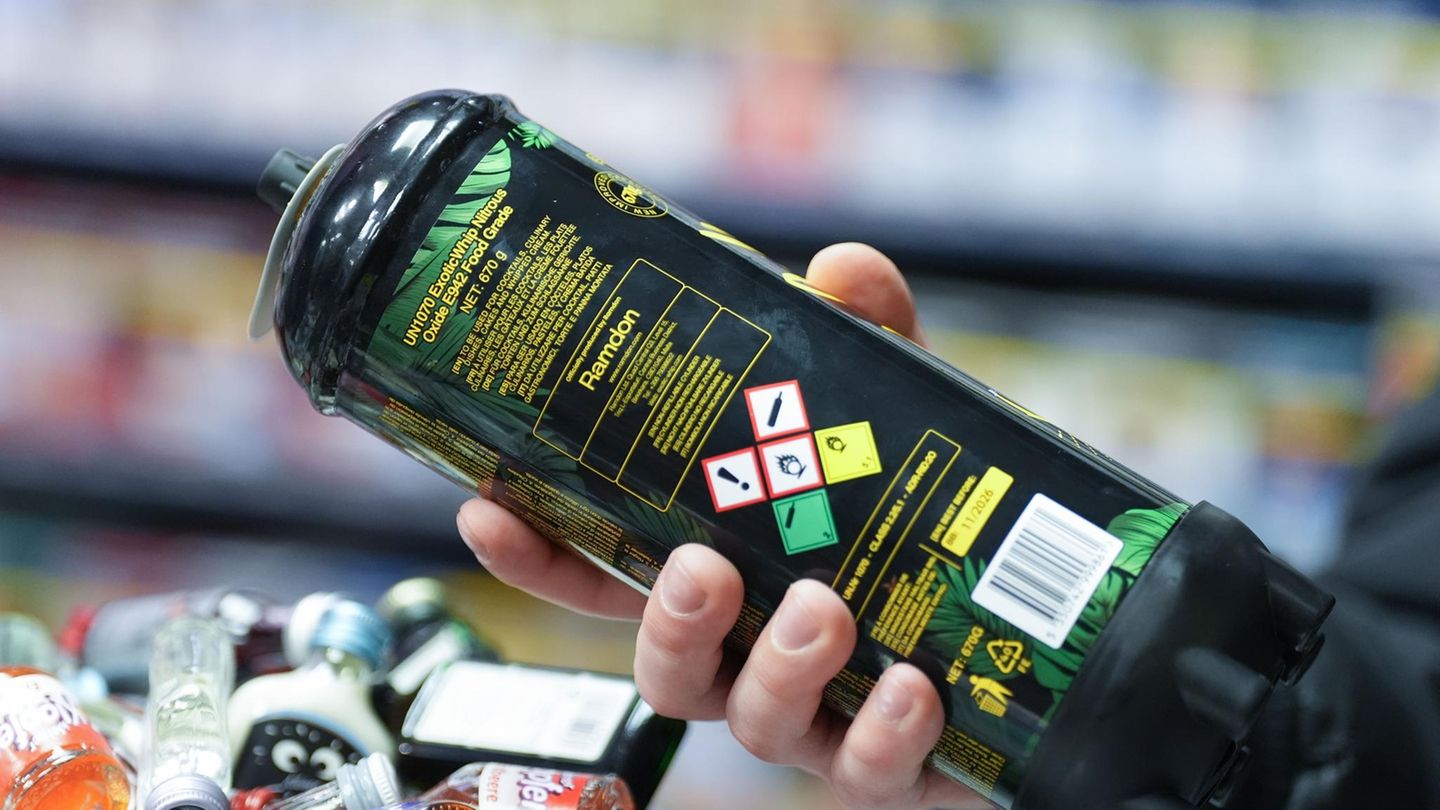NATO has declared the second highest security level at its airfield in Geilenkirchen. However, since nothing happened on Friday night, the signs now point to the all-clear.
After indications of a possible threat to the NATO air base in Geilenkirchen, North Rhine-Westphalia, the exact background is still unclear. The military alliance and the German authorities have so far remained tight-lipped on the matter. NATO declared the second highest alert level for the base on Thursday. The reason for the measure was intelligence information that indicated a possible threat, said the air base spokesman, Christian Brett.
All employees who were not required for the operation were sent home as a precautionary measure. However, after nothing happened on Friday night, the all-clear has been given at the base north of Aachen. He believes that normal security precautions will be returned during the course of the day and that security level C will be downgraded to B again, said Brett.
Flight operations continued as planned the entire time. NATO has stationed the AWACS airborne early warning system in Geilenkirchen.
Nato: Precautionary measure
In NATO jargon, security level Charlie means that an incident has occurred or there is evidence that some form of terrorist action against the alliance is very likely. The fact that this security level was declared in Geilenkirchen on Thursday evening was purely a precautionary measure, said air base spokesman Brett.
He did not say what kind of danger it might have been. He dismissed speculation about drone flights as “absurd”: “Nothing flew over here.”
The Cologne police confirmed that an operation was underway. They are in constant contact with the relevant national security and justice authorities as well as those responsible for the NATO base in Geilenkirchen, a police spokesman said on Friday. The police forces are supporting the security measures around the air base coordinated by the international military police. No further details can be given due to the ongoing investigations.
A dpa reporter on site observed police cars on the grounds of the air force base and in the immediate vicinity. Electronic displays and boards at the entrance to the site showed security level C. Vehicles driving onto the site were checked, as is usually the case. The noise of aircraft could also be heard.
Location of the early warning system Awacs
14 AWACS aircraft are stationed in Geilenkirchen – converted Boeing 707 aircraft that monitor the airspace with the aim of early detection of possible dangers and advance warning of the alliance. The multinational unit provides classic air and sea surveillance and is used as a kind of flying command center in combat aircraft operations.
The unit has taken part in numerous missions, for example in the Balkans and Afghanistan. After Russia’s invasion of Ukraine, NATO temporarily relocated aircraft to Romania.
Awacs stands for “Airborne Early Warning and Control System”. The machines have a range of 9,250 kilometers and can locate and identify other aircraft more than 400 kilometers away. They also have a large radar device on their backs that resembles a mushroom.
According to Brett, around 1,600 people work at the NATO airfield, although significantly fewer are currently employed because of the holidays. Around half of the employees are now at home because of the warning level. However, many are working from home.
Sabotage feared a week ago
Around a week ago, there were fears of sabotage at several Bundeswehr locations. After an investigation, however, the all-clear was given. For example, the police and state security investigated a security incident at the waterworks of the Cologne-Wahn air force barracks on suspicion that the drinking water may have been contaminated.
Suspicious observations were also made in Geilenkirchen. According to information from security circles, someone in the vicinity of the airport was taken into custody for questioning, but the suspicion against the person was not substantiated.
Source: Stern
I have been working in the news industry for over 6 years, first as a reporter and now as an editor. I have covered politics extensively, and my work has appeared in major newspapers and online news outlets around the world. In addition to my writing, I also contribute regularly to 24 Hours World.




